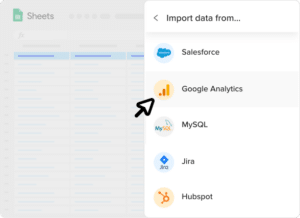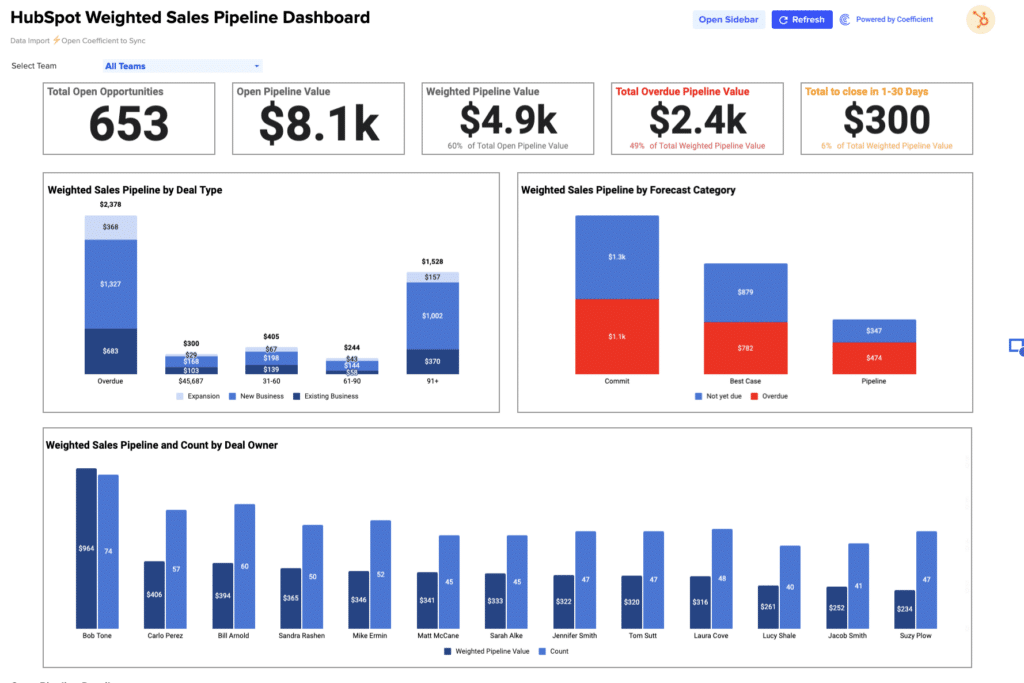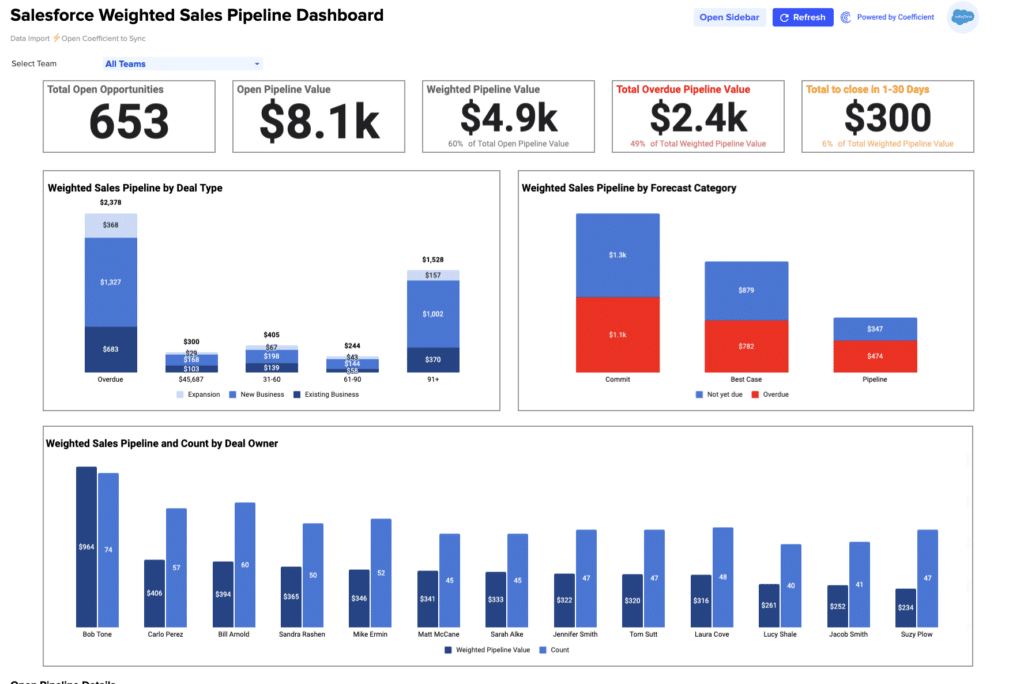Rate of Return = (End Value – Start Value) / Start Value
Unlock the Power of Finance! Download your free Rate of Return calculator today.
This easy-to-use calculator simplifies your financial analysis, providing a clear picture of investment performance.
How to Calculate Rate of Return
- 1. Identify the Start Value: Determine the initial investment amount.
- 2. Determine the End Value: Note the value of the investment at period’s end.
- 3. Apply the Rate of Return Formula: Use the formula provided to calculate the return on investment.
What is a Rate of Return Calculator?
The Rate of Return Calculator is a financial tool that helps users evaluate the profitability of an investment over a specific period. It offers a straightforward method to understand how effectively your money has been working for you.
Why is Rate of Return Important?
Understanding the Rate of Return is crucial for investors to assess the efficiency of their investments. It provides a snapshot of investment performance and guides strategic financial decisions.
Calculating “Rate of Return” Example
Imagine a business purchases machinery for $50,000 and sells it two years later for $65,000. To calculate the rate of return:
– Start Value = $50,000
– End Value = $65,000
– Rate of Return = ($65,000 – $50,000) / $50,000 = 0.3 or 30%
How to Improve Rate of Return
- Diversify Investments: Reducing risk by spreading investments across various asset types and sectors often enhances returns.
- Review Regularly: Regularly re-evaluate your investment portfolio to stay aligned with market developments and adjust strategies accordingly.
- Cost Management: Minimize fees and costs associated with your investments to improve net returns.
- Strategic Rebalancing: Adjust your investment mix as market conditions change to maintain your return on investment.
- Enhance Skill Set: Increase your financial knowledge or seek advice from financial professionals to make informed investment decisions.
How to Calculate Rate of Return in Google Sheets and Excel?
- Enter the Start Value in cell A1.
- Input the End Value in cell A2.
- Use the formula `=(A2-A1)/A1` in cell A3 to get the Rate of Return.
Drawbacks of Using a Rate of Return Calculator
- Market Volatility: Assumes market conditions remain constant, which is rarely the case.
- Oversimplified Metrics: May not consider other critical financial metrics like net present value or internal rate of return.
- Lacks Context: Does not reflect the strategic context or the qualitative factors affecting investment operations.
When to Use the Rate of Return Calculator
This tool is ideal when evaluating the performance of past investments or considering potential future investments in a straightforward and quantifiable manner.
Rate of Return Calculator: Tips and Tricks
- Periodic Reviews: Regularly update the input values to reflect changes over different accounting periods.
- Automated Updates: Leverage Coefficient’s importing function to auto-refresh the financial data from various systems.
- Benchmark Comparisons: Use the calculator to compare returns against industry benchmarks or alternate investment opportunities.












